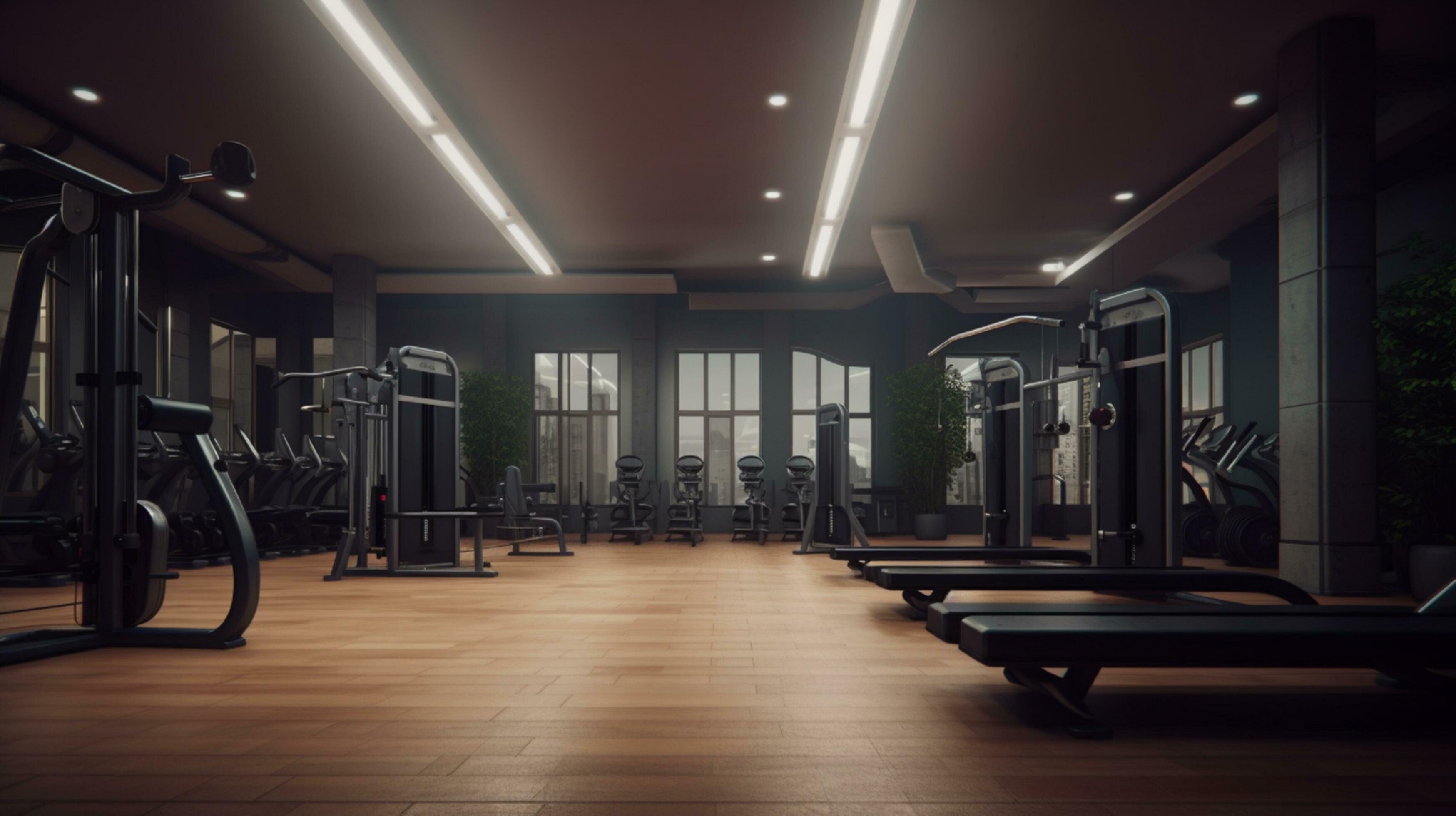Skip to product grid
-


VersaClimber SRM Sports Rehab Vertical Climbing Machine
Regular price From $6,595.00Sale price From $6,595.00 Regular price -


VersaClimber A-LX Fixed Resistance Vertical Climbing Machine
Regular price $3,995.00Sale price $3,995.00 Regular price -
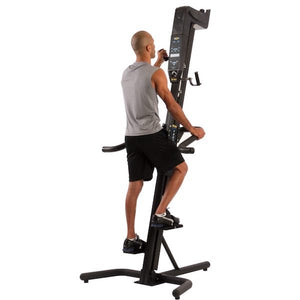
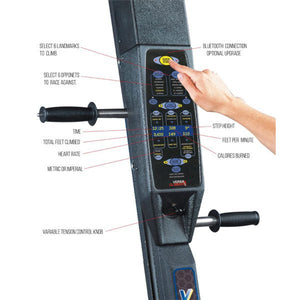
VersaClimber SM-A Sports Vertical Climbing Machine
Regular price From $4,295.00Sale price From $4,295.00 Regular price -
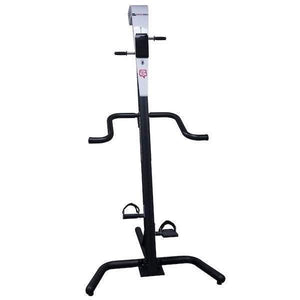
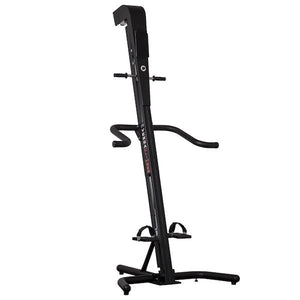
VersaClimber TS-Aerobic Vertical Climbing Machine
Regular price From $4,795.00Sale price From $4,795.00 Regular price -

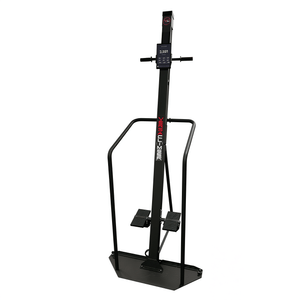
VersaClimber Home Climber Vertical Climbing Machine
Regular price From $1,895.00Sale price From $1,895.00 Regular price -


VersaClimber SM-Magnetic Vertical Climbing Machine
Regular price From $5,195.00Sale price From $5,195.00 Regular price -
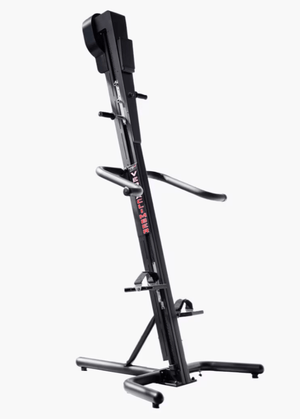
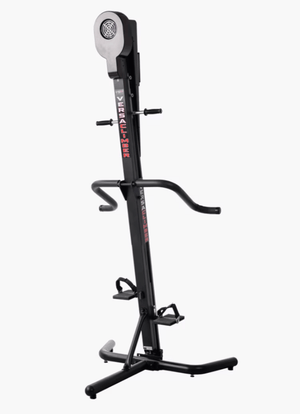
VersaClimber TS-Magnetic Vertical Climbing Machine
Regular price From $5,495.00Sale price From $5,495.00 Regular price
